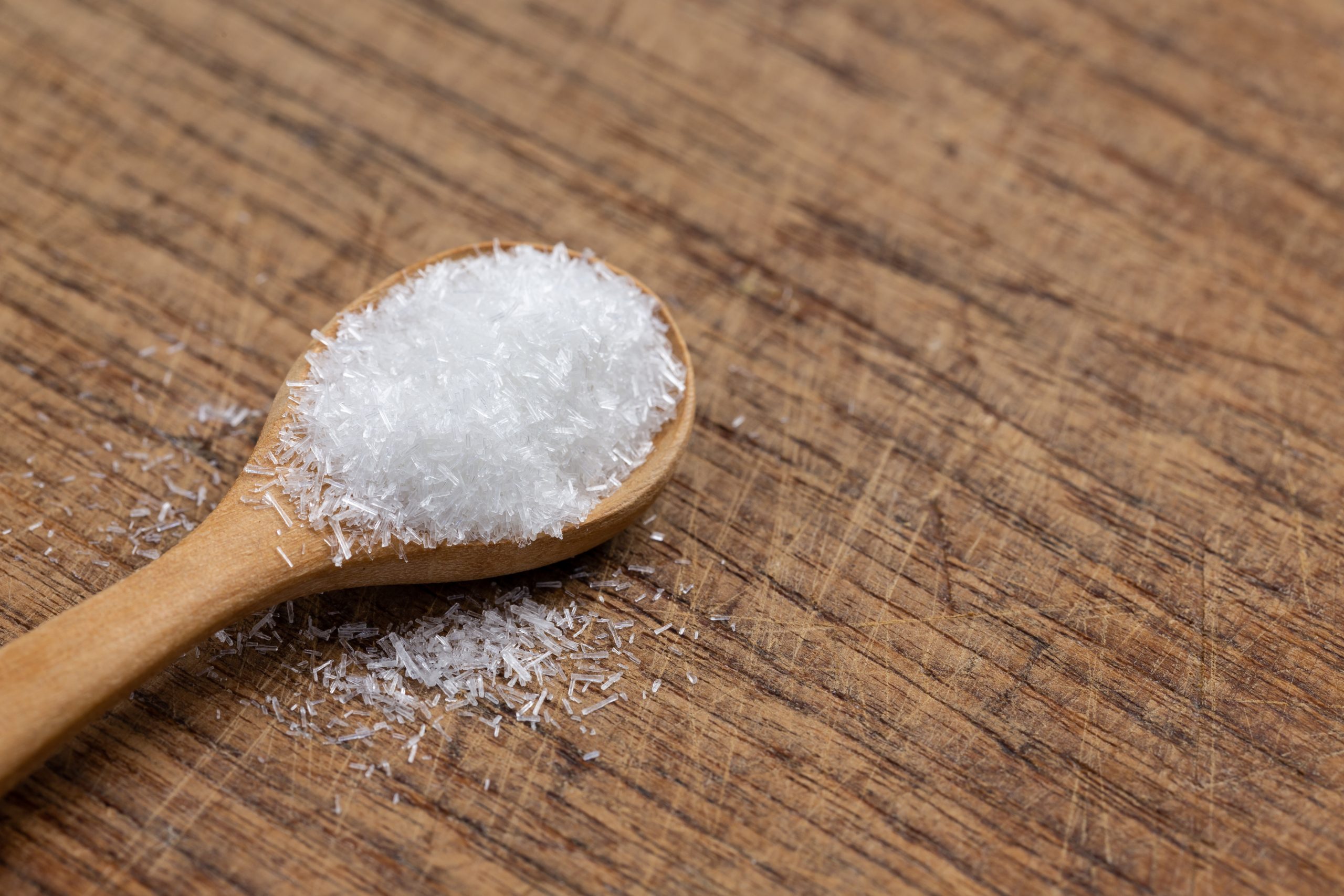Aji no Moto, the Japanese phrase for Monosodium glutamate, is an essential ingredient in many foods of Japan. Like in North America, aji no moto is commonly added to soups and stews, as well as fast food and junk food.
Unfortunately, many instant soups and easy-to-make food also feature aji no moto, such as curry blocks and instant miso soup. Therefore, for those that prefer to eliminate or reduce the amount of MSG in their diet, it is highly recommended that the ingredient lists of convenient foods such as the aforementioned be examined before purchasing.
Many people still use aji no moto on a daily basis when cooking, as it is much easier and faster to use, as well as being economical. Rather than making a stock or add a sufficient amount of ingredients which would enhance the flavour of a dish, a sprinkle of aji no moto will do the trick. Unfortunately, recent research by scientists have discovered that manufactured MSG may be toxic to humans in specific amounts. This warning
An excellent substitute for MSG is seaweed (kombu), in which it exists naturally. When MSG is not extracted from seaweed or its natural source, research has shown that it is does not pose the same risks and is not dangerous since it is in a bound form.
When using dried kombu as a natural aji no moto substitute, make sure to boil and simmer the kombu long enough to draw the flavour out of it (about 1 hour or so, depending on the amount used). Then, the kombu can be discarded or chopped up and added to the dish.
History of Aji no moto
Aji no moto was discovered by the Japanese chemist, Kikunae Ikeda of Tokyo Imperial University. Though glutamic acid and monosodium glutamate is the technical term for this flavour enhancer, aji no moto is named after the company that patented it in the early 1900s. It was first sold in Japan in 1909, and Aji no Moto remains as one of the biggest manufacturers of MSG in the world today.
